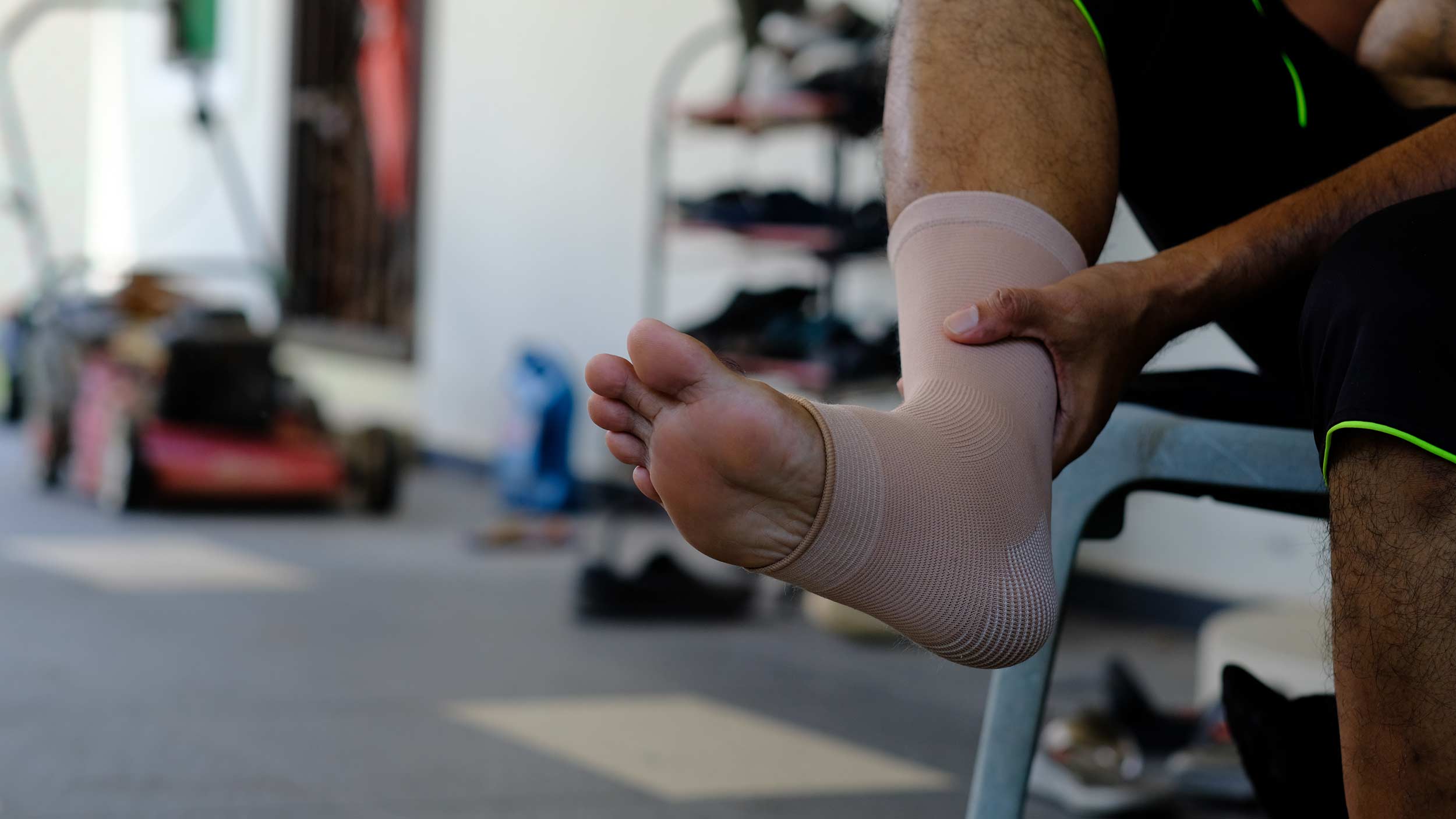What is an ABI?
The Ankle-Brachial Index test, or ABI, is a test that compares the blood pressure in your ankle with the blood pressure in your arm. The ABI test checks how well your blood is flowing through your body. A low reading on this test may indicate that you have poor blood flow through your limbs.
Why is an ABI Test Done?
The ABI test is performed to check for peripheral artery disease or PAD. PAD occurs when plaque builds up in the arteries, causing a reduced blood flow in the body. This causes your limbs not to get the amount of blood needed to function at total capacity.
What are the Common Symptoms of PAD?
You might have PAD if you experience the following symptoms:
- Pain in legs when walking up/downstairs
- One leg feels colder than the other
- Less hair on your legs
- Skin looks pale/has a blue tint
- Cramping in legs after exercise
Who is at Risk for PAD?
You may be at risk for PAD if you:
- Are/were an avid smoker
- Have diabetes
- Are older than age 70
- Have high levels of lipids in your blood
- Have abnormal pulses in your legs
What Can I Expect During an ABI?
An ABI is a relatively simple and non-invasive test. The test will run for about 10 to 15 minutes. A typical ABI test will consist of the following components:
- Your technician will have you lie flat on a table.
- They will wrap a cuff around your arm to take your blood pressure.
- They will use an ultrasound device to probe the artery and listen to blood flow through the vessel.
- The blood pressure cuff will inflate until the blood stops flowing through the vessel. You will experience some pressure, but it shouldn’t be painful.
- They’ll slowly release the pressure in the cuff to get the systolic pressure, or the pressure when blood begins to flow again.
- The technician will repeat this process on your other arm and both ankles.
- Once all the measurements have been taken, they use these numbers to calculate your ABI.
What is a Normal ABI Test Reading?
A typical range for an ABI test is between 1.0 to 1.4. An ABI reading between these numbers means that you probably don’t have PAD. However, if you feel that you have PAD symptoms, your doctor may choose to perform an exercise ankle-brachial index test.
Contact Canyon Oaks Foot and Ankle for an ABI Test
If you still have more questions about an ABI and whether you need one, our doctors at Canyon Oaks Foot and Ankle would be happy to help. We can help you determine the cause of your foot pain, create a plan of action, and help you get back on your feet before you know it.
Reach out by filling out our online contact form, and a member of our team will be in touch with you within one business day.

